Spain's UNESCO World Heritage Sites: A Comprehensive Guide to History, Culture, and Beauty
Spain, a country of diverse landscapes and rich history, is home to an impressive 48 UNESCO World Heritage Sites. Each site is a testament to the country's cultural, historical, and natural wealth. This comprehensive guide will take you on a journey through these unique locales, highlighting their significance and offering tips for prospective visitors.
The Criteria for UNESCO World Heritage Sites
UNESCO World Heritage Sites represent the world's most outstanding examples of natural and cultural heritage. To be inscribed on the World Heritage List, sites must meet at least one of ten selection criteria. These criteria range from representing a masterpiece of human creative genius to bearing a unique or exceptional testimony to a cultural tradition, or containing superlative natural phenomena or areas of exceptional natural beauty.
The UNESCO Sites
We've categorized Spain's World Heritage Sites by regions for convenience, detailing the uniqueness of each and providing essential visiting tips. Let's delve deeper into some of Spain's most renowned UNESCO World Heritage Sites. Please note that the selection and ranking of these sites is subjective and not based on any official ranking:
Alhambra, Generalife and Albayzín, Granada (Andalusia)

This site is a stunning testament to Spain's Islamic history. The Alhambra is an ornate Moorish citadel and palace, known for its intricate stonework, beautiful courtyards, and stunning views. The adjacent Generalife gardens provide a tranquil retreat with their fountains and blooming flowers, and the Albayzín district has narrow winding streets that lead up to spectacular views of the Alhambra.
Historic City of Toledo (Castilla-La Mancha)
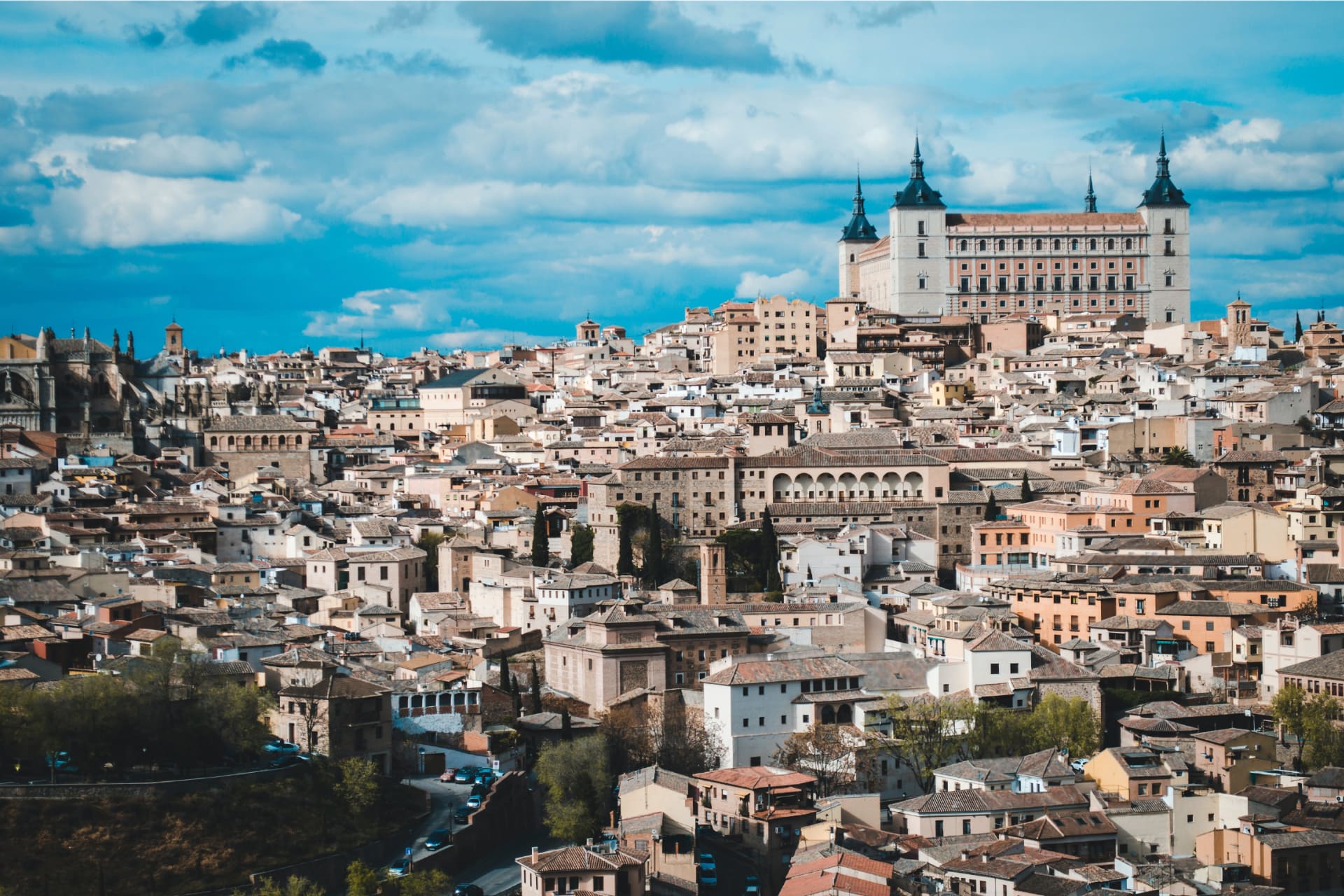
Toledo, known as the "City of the Three Cultures," is famous for its well-preserved architectural styles from the Christian, Muslim, and Jewish cultures. Highlights include the Cathedral of Toledo, the Alcazar, and the Synagogue of Santa Maria la Blanca.
Works of Antoni Gaudí (Catalonia)
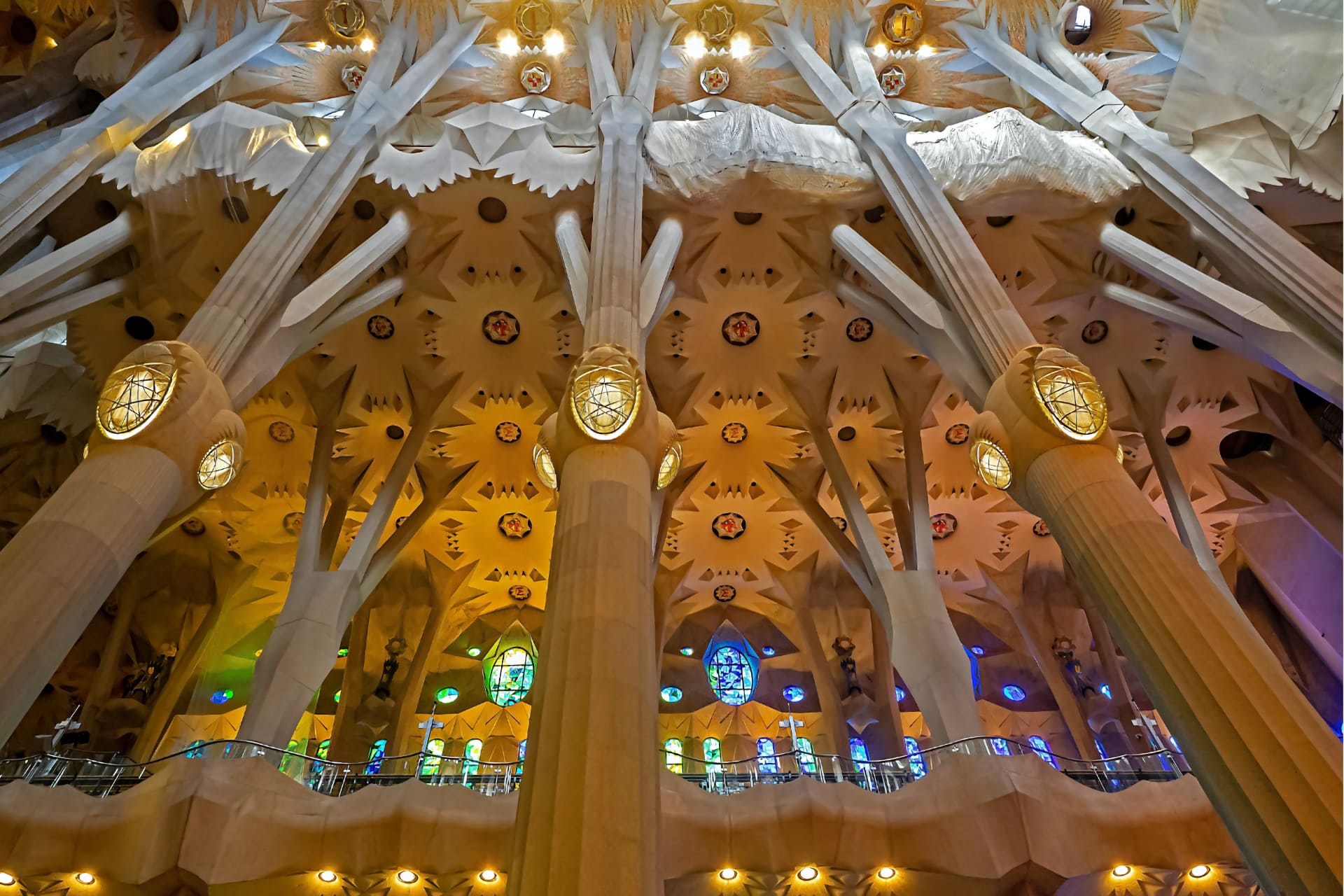
Barcelona is home to several UNESCO-listed buildings designed by Antoni Gaudí, a leading figure in Catalan modernism. These include the iconic Sagrada Família, Park Güell, and Casa Milà, known for their unique design and architectural innovation.
Santiago de Compostela (Old Town) (Galicia)
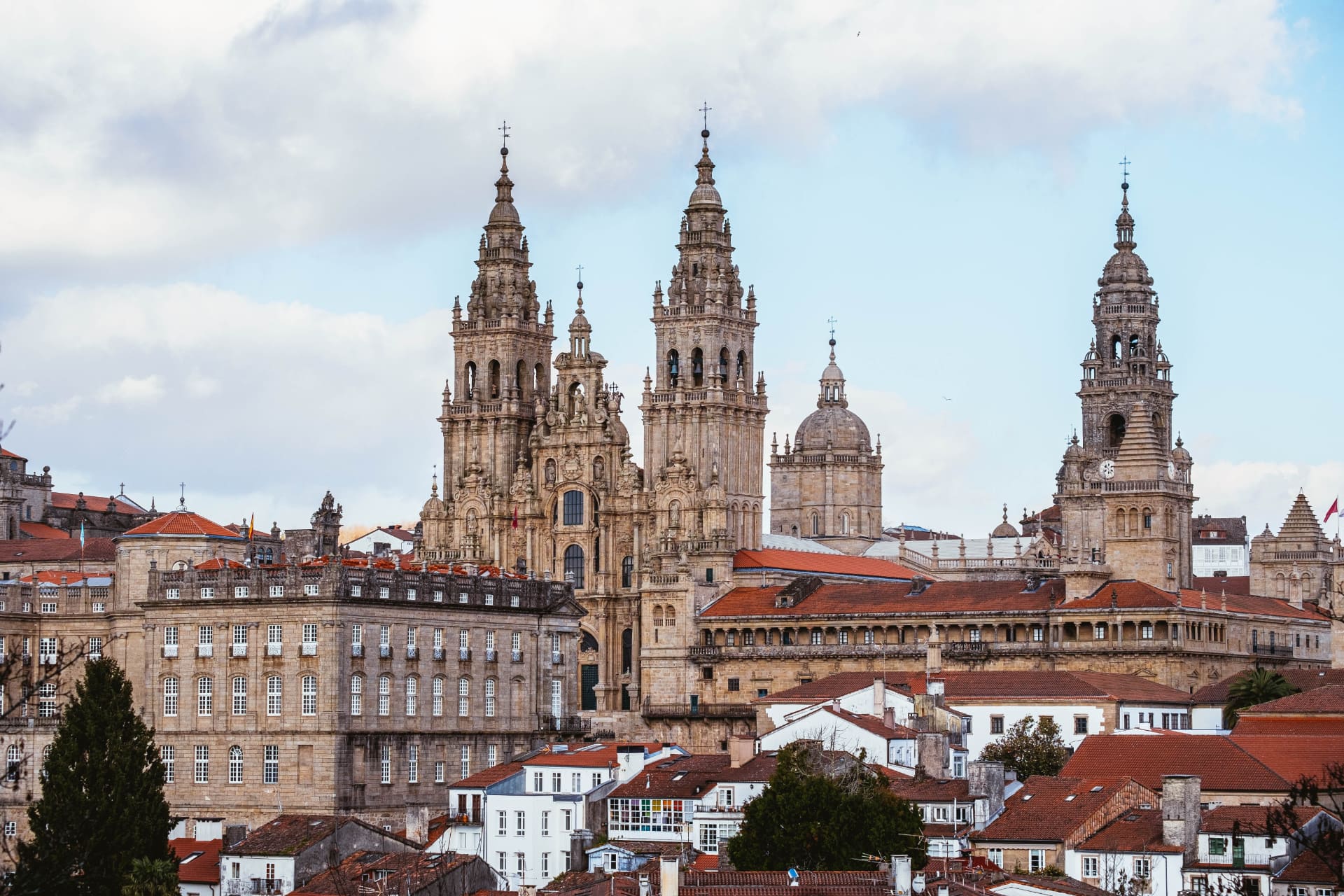
The city is the final destination of the famous Camino de Santiago pilgrimage route and holds deep spiritual and historical significance. The cathedral, where the remains of apostle Saint James are believed to be buried, is a masterpiece of Romanesque, Gothic, and Baroque architecture.
Old City of Salamanca (Castilla y León)
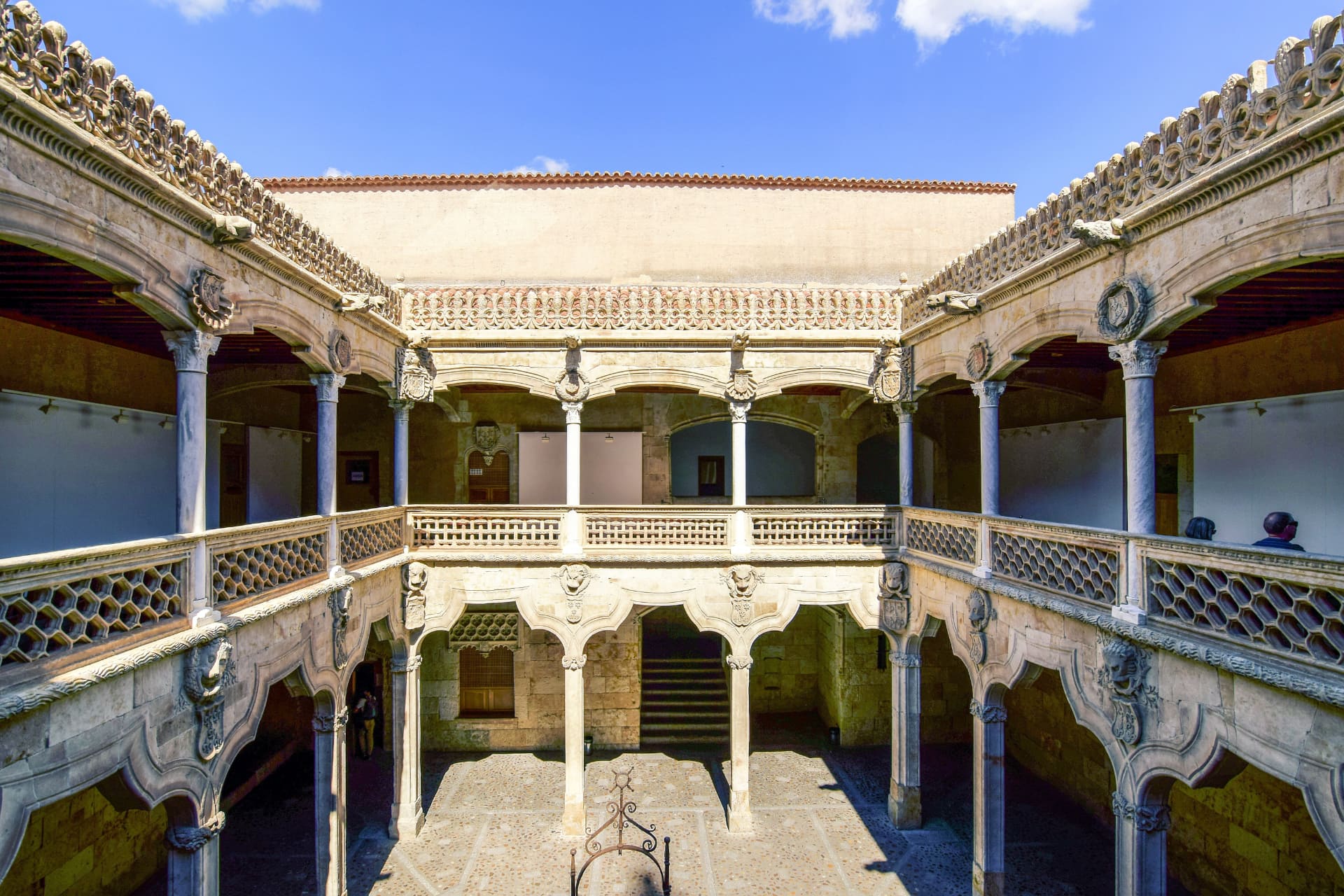
Salamanca's old city is a showcase of Renaissance architecture, with the University of Salamanca, one of the oldest in Europe, and the Plaza Mayor as standout attractions.
Historic Walled Town of Cuenca (Castilla-La Mancha)
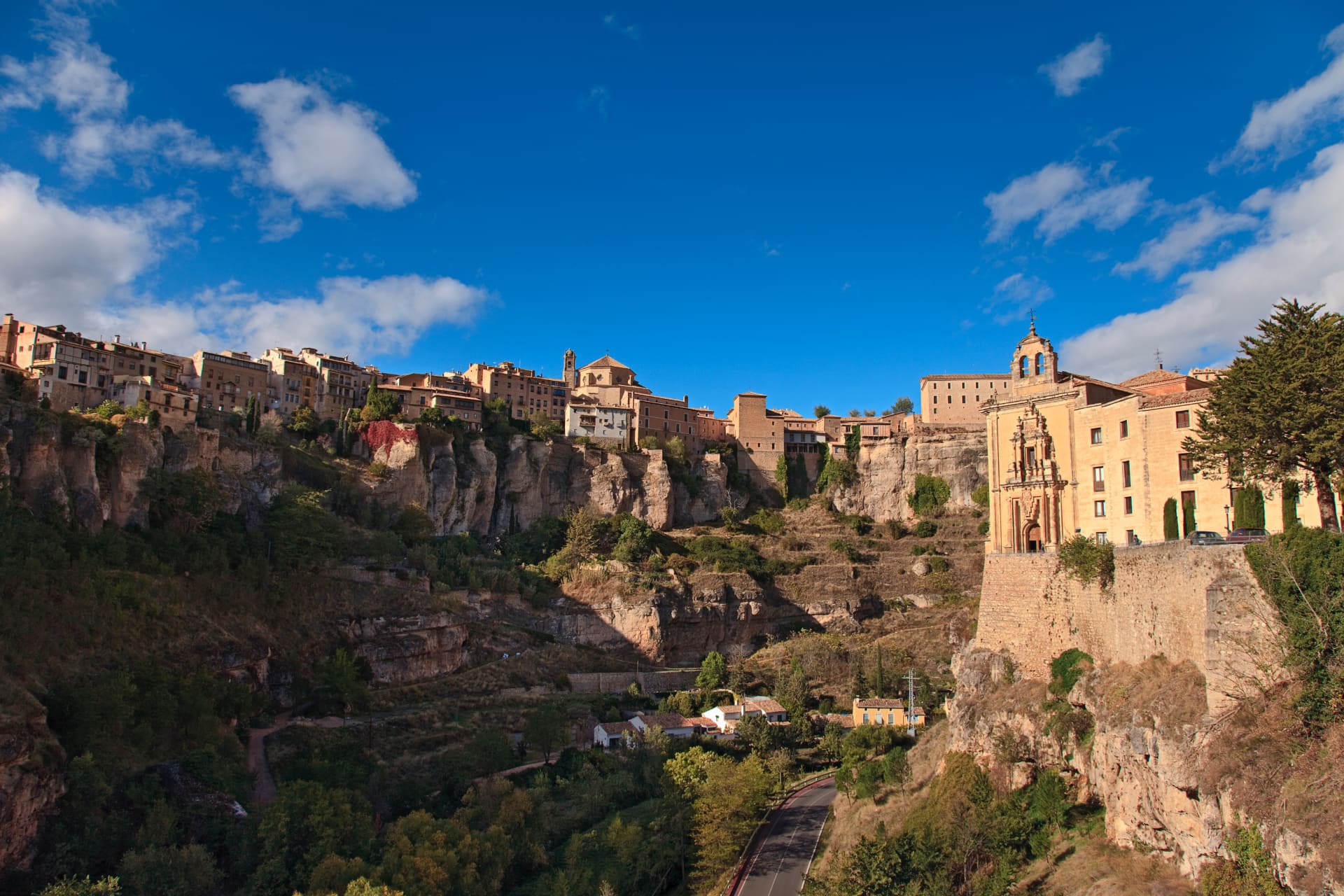
Known for its "Hanging Houses" that seem to emerge from the rock face, Cuenca is a marvel of medieval architecture. The town is also home to Spain's first Gothic cathedral.
Old Town of Ávila with its Extra-Muros Churches (Castilla y León)
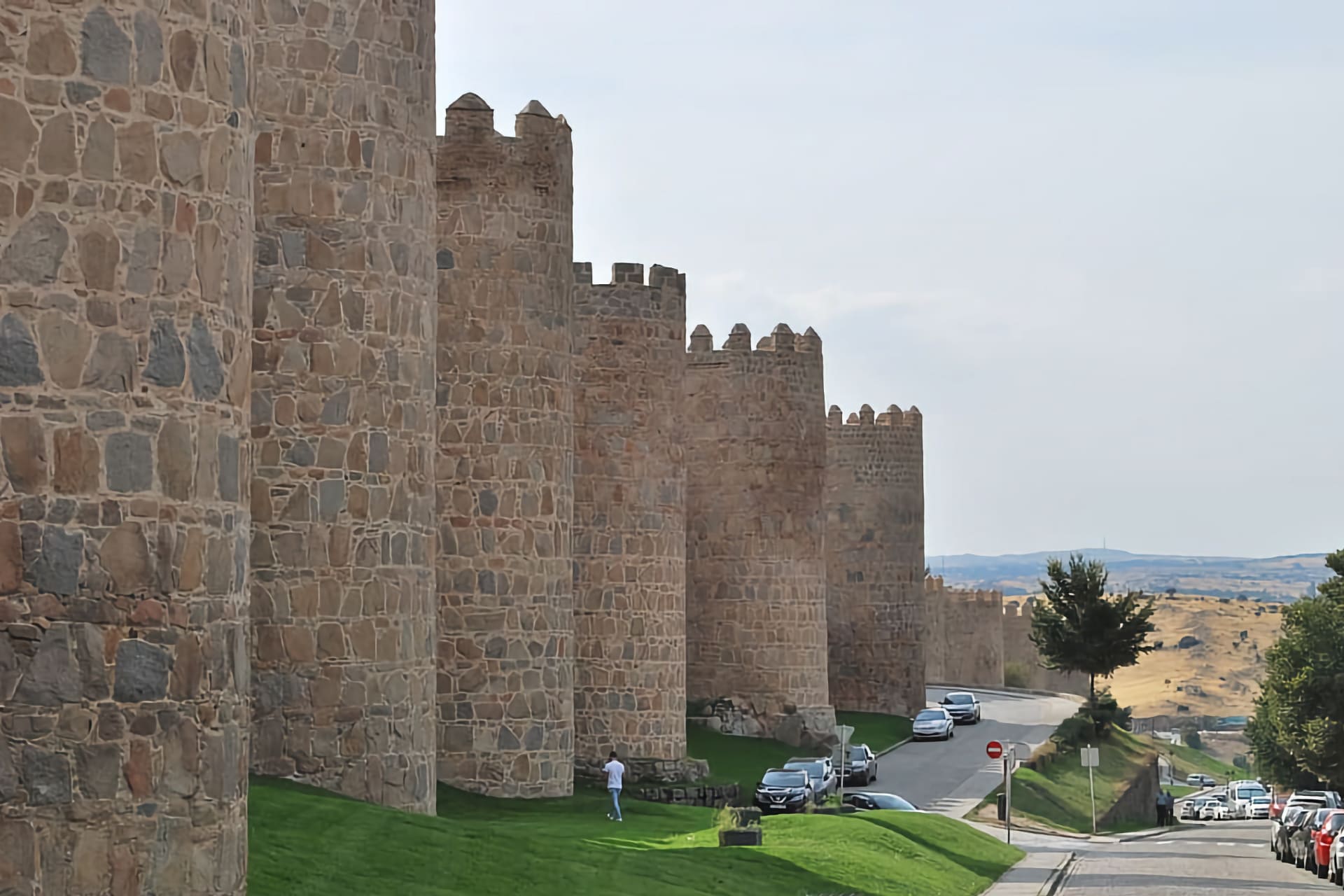
Ávila is famous for its impressive 11th-century walls, the best preserved in all of Spain. The city also houses a number of Romanesque and Gothic churches.
Palau de la Música Catalana and Hospital de Sant Pau, Barcelona (Catalonia)
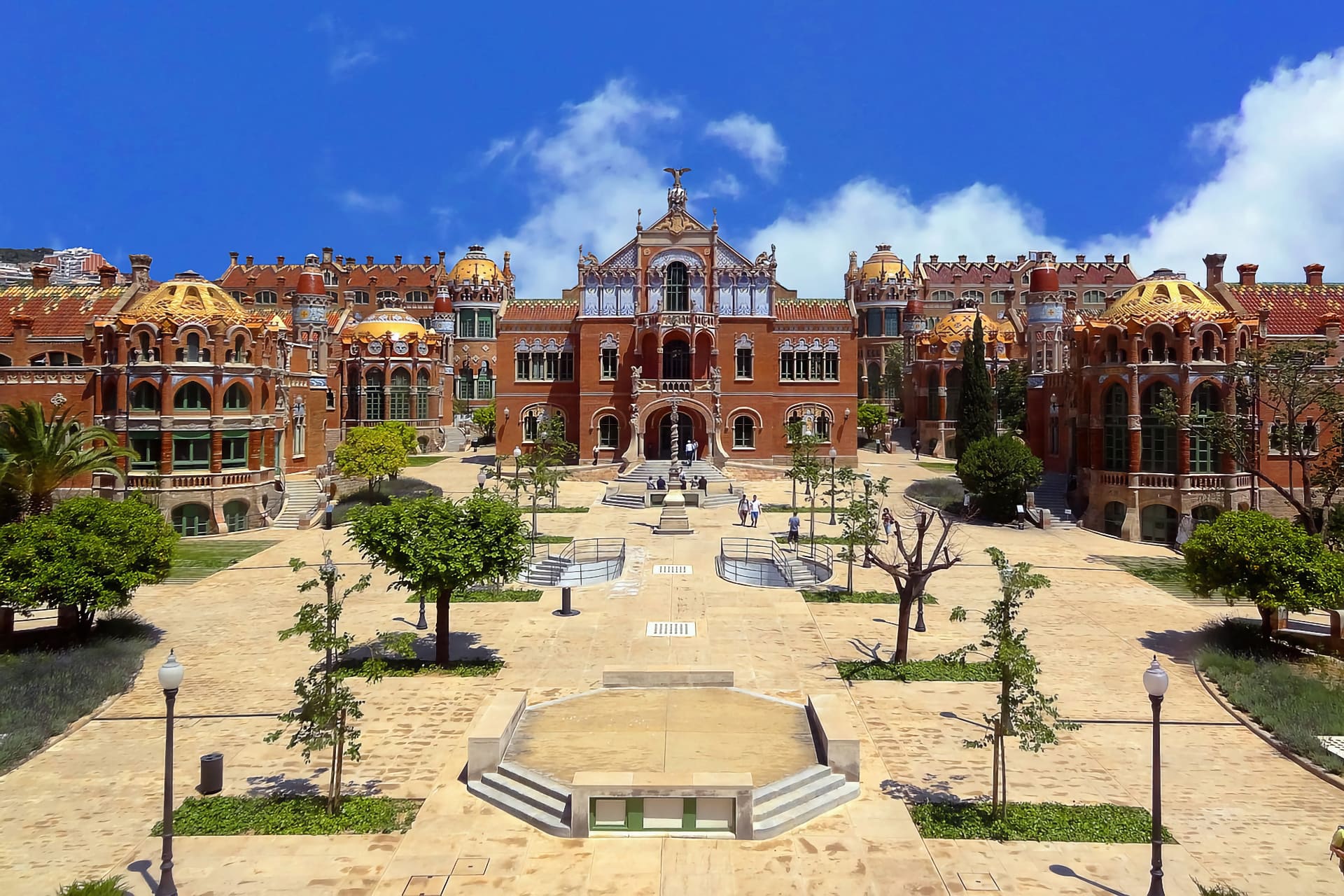
Designed by Lluís Domènech i Montaner, these buildings are jewels of Catalan Art Nouveau. The Palau de la Música Catalana is a concert hall with stunning stained glass and ceramic decoration, while the Hospital de Sant Pau is known for its beautiful gardens and pavilions.
Las Médulas (Castilla y León)
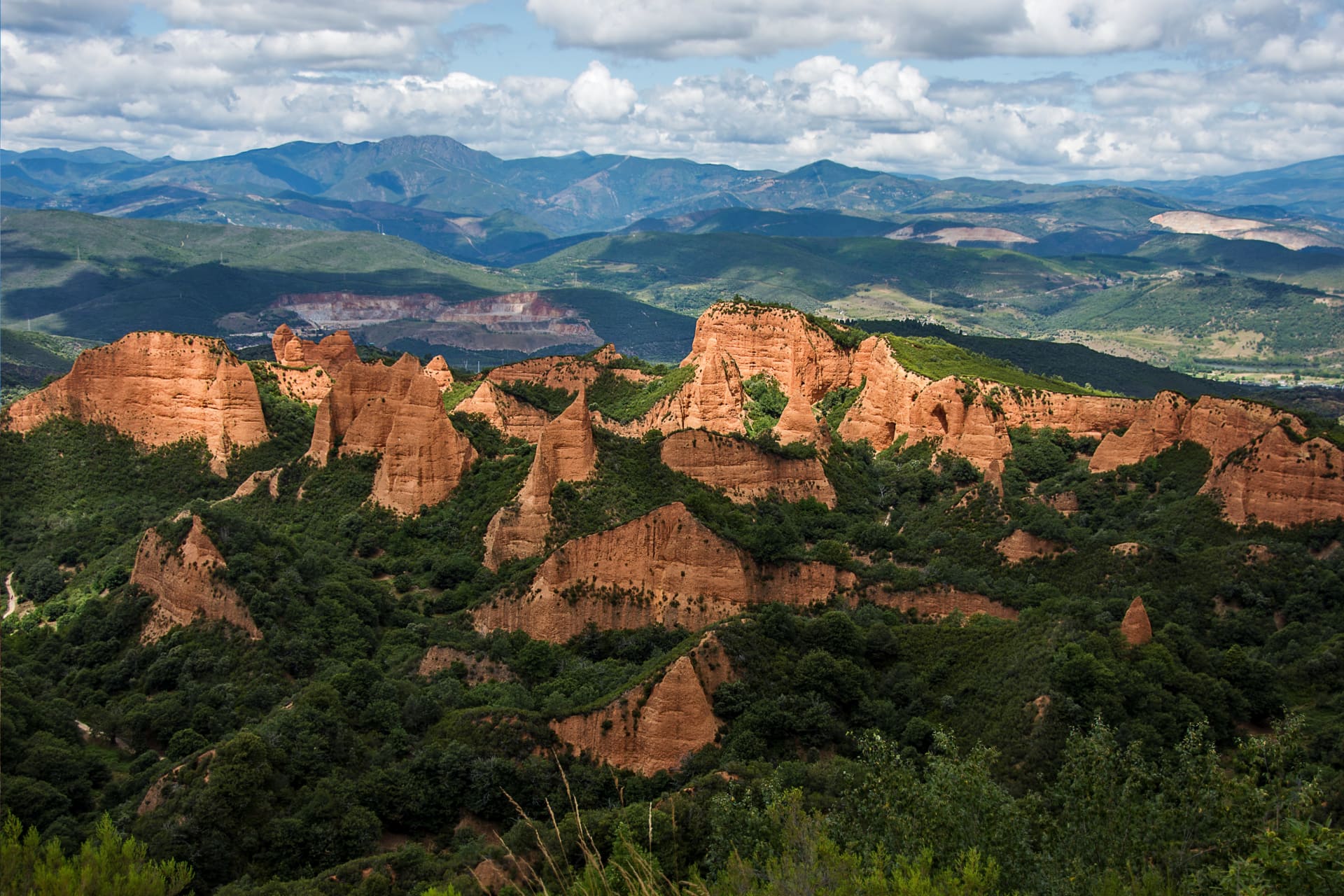
This ancient Roman gold mine, with its striking red-hued landscape, is a testament to the engineering prowess of the Roman Empire and its impact on the landscape.
Doñana National Park (Andalusia)

This natural site is one of Europe's most important wetland reserves and a major site for migrating birds. It is home to a diverse range of biotopes, such as lagoons, marshlands, dunes, and maquis.
Each of these sites offers a unique window into Spain's diverse cultural and natural heritage, reflecting different periods in history and a variety of architectural and natural wonders.
Preserving UNESCO Sites
Preserving these unique sites for future generations is crucial. While UNESCO status often helps to provide the necessary resources and protections, many sites still face threats from environmental change, tourism pressures, and other challenges. Visitors can aid preservation efforts by respecting site rules, supporting local economies, and advocating for these precious landmarks.
How to Visit UNESCO Sites in Spain
Planning a trip to Spain's UNESCO sites is an exciting endeavor. Consider using a tour operator specializing in heritage tourism for a comprehensive experience, or plan a self-guided tour with the help of local tourist offices. Always check the official site or local tourism office for the latest information before your visit.
Conclusion
Spain's UNESCO World Heritage Sites offer a fascinating journey through the country's diverse history and culture. Whether you're drawn to ancient history, architectural wonders, or breathtaking natural landscapes, there's a site in Spain waiting to captivate your imagination.



